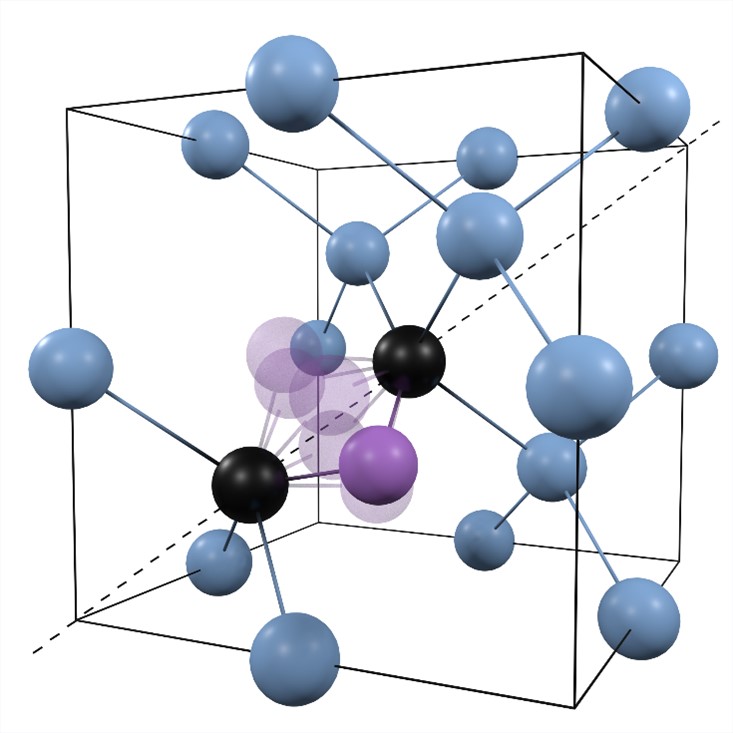Fluorescent point defects in semiconductors are fascinating quantum systems as they behave as optically-addressable embedded artificial atoms. Usually, these defects have a static microscopic structure where atoms are only allowed to vibrate around well-defined equilibrium positions. Here, researchers shed new light on an old defect in silicon, known since the 70’s as the G center, for which one of the constituent atoms can explore several crystal sites. Using low-temperature microspectroscopy at single-defect scale, they detected a fine structure in the emission line, signature of the motion of that atom inside the silicon crystal.
By analyzing the emission properties of individual G centers, they showed that their motion dynamics is strongly sensitive to perturbations in the crystal environment. Especially, the silicon-on-insulator structure commonly used in microelectronics and nanophotonics induces a strain acting on the defects. As a consequence, the mobile atom of the G center, which is perfectly delocalized between 6 sites in the unperturbed case, jumps randomly between the different positions under optical excitation, like a ball in a 6-slot roulette wheel. By combining spectral and polarization analysis, we can link the G center emission lines to specific crystal sites.
The next challenge will be to control the reconfiguration dynamics of single G centers in silicon. Exploration paths include strain engineering and the development of resonant excitation protocols to lock the mobile atom at a specific crystal site. Another promising research direction will be to investigate how the atomic reconfiguration of the G center influences its spin quantum degree of freedom.

Figure: Artist view of a hopping G center. Blue balls represent Si atoms and black balls carbon atoms in substitutional position. The violet ball is a Si interstitial atom that jumps between six different lattice sites.
collaboration
- Charles Coulomb Laboratory (Montpellier)
- CEA léti (Grenoble)
- IM2NP Marseille
- Leipzig University
- Budapest University